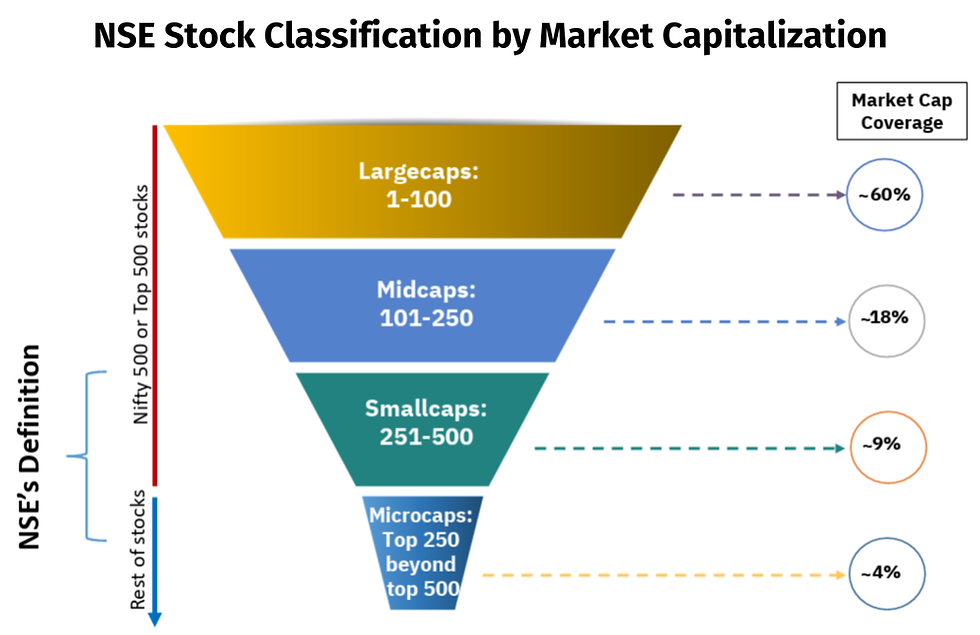The State Of The Indian Retirement Planning Challenge
- Akshay Nayak
- Jul 11
- 4 min read
The exercise of retirement planning is undergoing significant evolution in India. The way Indians think about retirement is becoming more mature. And this brings with itself a need to evolve and adapt. But what changes are required for such evolution to manifest? What are the prevailing trends that dictate the way Indians approach retirement? The answers in today's blog post.
Managing Longevity Risk
Most individuals now show a desire to hang up their boots between their late 40s and mid 50s. And it is not hard to see why. The physical and mental pressures of working a full time job prove too much for most people beyond age 50. This is especially true for most people in the corporate sector. India's normal retirement age is therefore no longer the traditional 60 or 65. It is increasingly tending towards 55 or earlier.
Advancements in medical science mean that life expectancy figures are constantly increasing. Those between the ages of 30 and 60 today can expect to live until the age of 85 to 90. Those currently under 30 can expect to live as long as age 95. This increases longevity risk. Retirement portfolios therefore need to last for anywhere between 35 to 45 years.

Shift In Portfolio Composition And Construction Strategies
Portfolios of most Indian investors have witnessed a shift from traditional assets to equities and other market linked assets. There is now a need for a clear strategy during both the accumulation and decumulation phases of retirement. The ideal size of a retirement corpus today may be given as
Current annual expenses * years in retirement
This is based on the concept of zero real returns. I have discussed this concept at length in an earlier article Zero Real Returns : Seemingly Zero Logic, Definitely Very Real. Post retirement, achieving a balance between income generation and portfolio growth becomes crucial. One part of every retirement corpus should be parked in an annuity. This would provide a minimum level of guaranteed income post retirement. At least 25-30% of the portfolio must be allocated to equity post retirement. A detailed understanding of this can be gained from my earlier articles Pensions And The Contemporary Retirement Corpus and The Why And How Of Equity Post Retirement.
Spending Limits Instead of Withdrawal Rates
Withdrawal rates have traditionally been used to govern spending in retirement. Adherence to such rates implies that we withdraw a fixed percentage of our portfolios in our first year of retirement. From there, the annual withdrawal would equal the initial withdrawal rate plus inflation. But in reality, our spending needs may change from year to year.
This points towards the fact that the concept of a safe withdrawal rate is arbitrary. India has a limited capital market history compared to most other countries. Until recently, Indians have primarily avoided taking on capital market risk when planning for retirement. There is no historical data regarding retiree behaviour when handling capital market risk. So there is no reliable way to define a safe withdrawal rate in the Indian context. Reliance on thumb rules such as the 4% rule would therefore be of little use.
One possible way around this may be to define an upper limit to portfolio withdrawals each year post-retirement. This can be done as shown in the illustrative example below.

This shows that portfolio withdrawals for the year must be capped within Rs 20,00,000. This calculation can be repeated year after year. It would define each year’s upper spending limit and maximum withdrawal amount. This allows flexibility for changes in spending needs every year.
Using Non Volatile Sources For Withdrawals
Market linked products are a part of almost every retirement corpus today. Therefore we must learn the art of making withdrawals from them. It must first be understood that withdrawals post retirement must be made from investments which generate volatile returns. This is because we cannot risk a significant drop in the value of our investments right when we need to make a withdrawal. This rules out the option of tapping into the equity portion of our retirement corpus for withdrawals. A widely propogated option for post retirement withdrawals is that of a Systematic Withdrawal Plan (SWP) from hybrid funds.
This is because hybrid funds offer exposure to both equity and debt. But there are two major issues here. First, the equity exposure in the hybrid fund means that returns from hybrid funds would also be volatile. Second, the investor's biggest advantage in case of a Systematic Investment Plan (SIP), becomes their biggest disadvantage in case of an SWP.
An investor doing an SIP would stand to benefit from market volatility. This is because the investor would buy more units when the markets are low, and fewer units when markets are high. But an investor doing an SWP would do the exact opposite. They would redeem more units when the markets are low and less units when the markets are high. SWPs are therefore not a viable strategy for withdrawals post retirement. Withdrawals must only be made from non volatile and highly liquid products in the corpus. Savings deposits, liquid funds and money market funds therefore become ideal avenues from which to make most of our withdrawals post retirement.
Final Takeaways
It is clear that retirement planning is going through a paradigm shift in India. And this will only continue in the future. It is unlikely that the reliance on bank deposits and defined contribution schemes will go away completely. But the share of market linked assets in retirement portfolios is almost certain to increase. This means that the way retirement portfolios are designed, built and managed would need to evolve. We must therefore develop the skills required to be able to navigate our retirement years safely. Keeping these pointers in mind would help do just that.



Comments